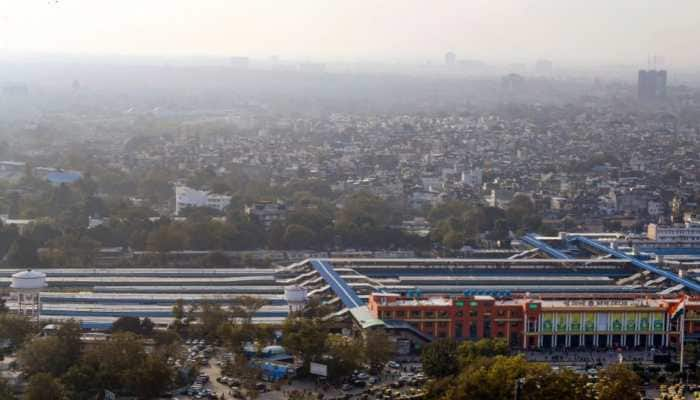Unhappy with SC ruling, elderly couple wants right to active euthanasia for people above 75
Earlier in January 2018, the Lavate couple wrote to President Ram Nath Kovind, requesting to approve their plea for active euthanasia.
Trending Photos
)
NEW DELHI: In a landmark judgement on Friday, the Supreme Court allowed passive euthanasia after stating that human beings have the right to die with dignity. While many hailed the verdict, calling it “monumental”, there were some who felt otherwise.
Elderly couple Narayan Lavate, 87, and Iravati Lavate, 78, were among those who were not happy with the decision.
“We're not fully satisfied with SC's judgement. People above the age of 75 should be given this right. They can verify the details of these people from the police and doctors. Government should come up with a policy,” said the couple.
How sexual assault victim Aruna Shanbaug's case started the national debate on euthanasia
Earlier in January 2018, the Lavate couple wrote to President Ram Nath Kovind, requesting to approve their plea for active euthanasia. The couple wrote that they have led a satisfactory life together after being married for 68 years and do not wish to live anymore.
Active euthanasia or assisted suicide is something that the Lavate couple began contemplating upon since the much-highlighted case of KEM nurse Aruna Shanbaug.
The Lavate's are members of Switzerland-based Dignitas which helps in physian-assisted deaths. While Iravati previously managed to get her passport renewed, Narayan did not and the couple could not travel abroad.
Residents of a chawl in Grant Road, both Iravati and Narayan now say that they have lived a complete life and do not wish for medical ailments to 'spoil their memories together.' They add that they are unsure how either would live if the other passes away.
Also read: Active euthanasia vs passive euthanasia: What's the difference?
Euthanasia is of two kinds - active and passive.
Passive euthanasia allows halting and removing artificial life-support machines, medicines and food which only prolong life for patients in vegetative state. On the other hand, active euthanasia - which is still not allowed in India and in most parts of the world - is the act of injecting lethal substances into patients in vegetative state. It is widely considered as an intentional act of causing death in patients and has raised moral questions and ignited debates worldwide.
Stay informed on all the latest news, real-time breaking news updates, and follow all the important headlines in india news and world News on Zee News.
Live Tv







)
)
)
)
)
)
)
)
)
)
